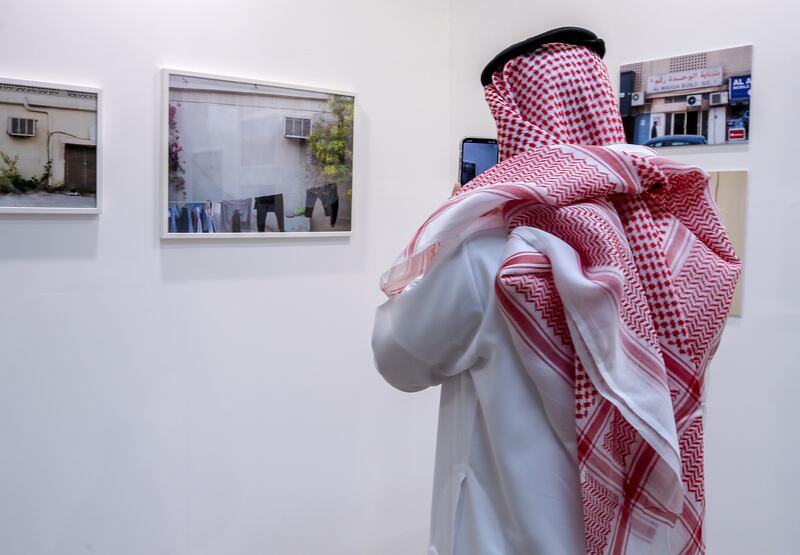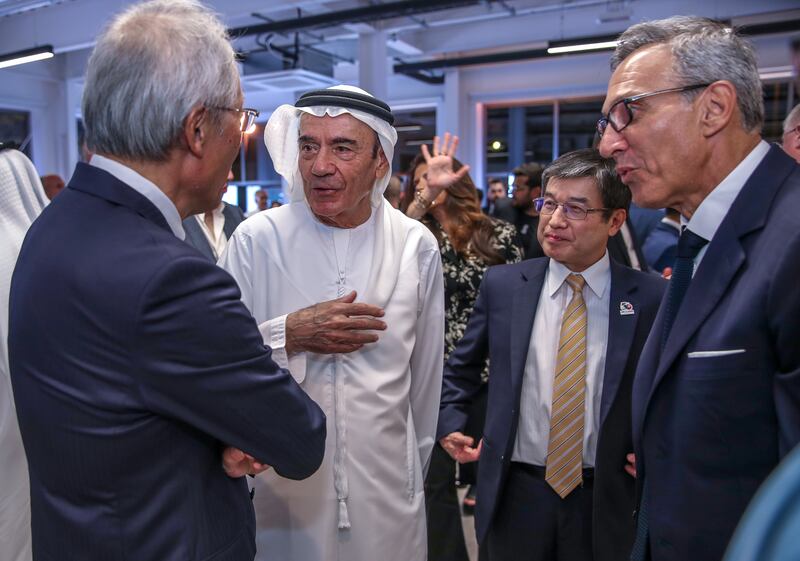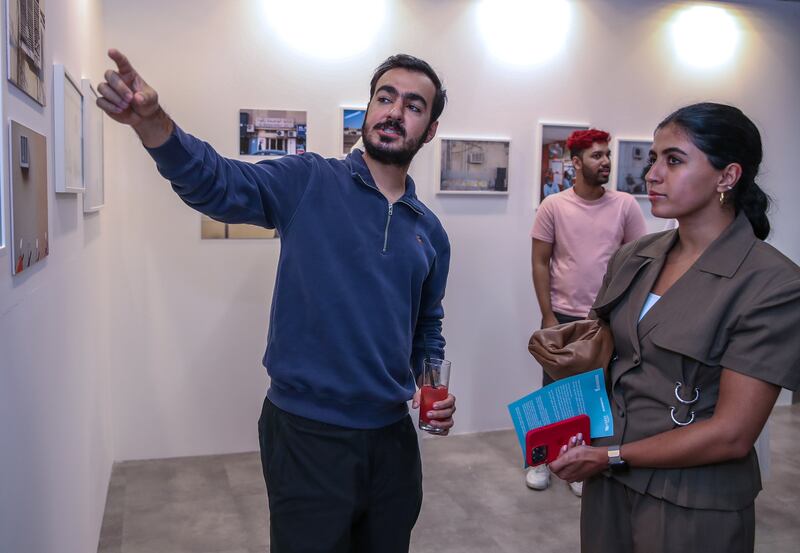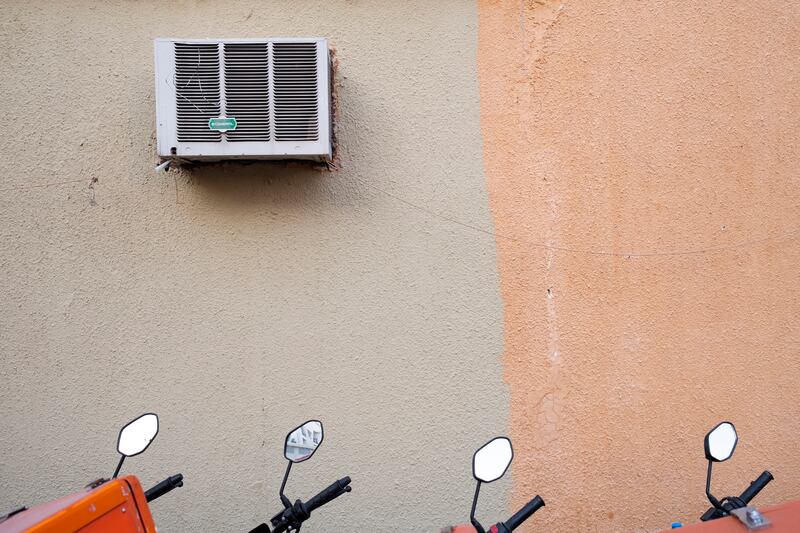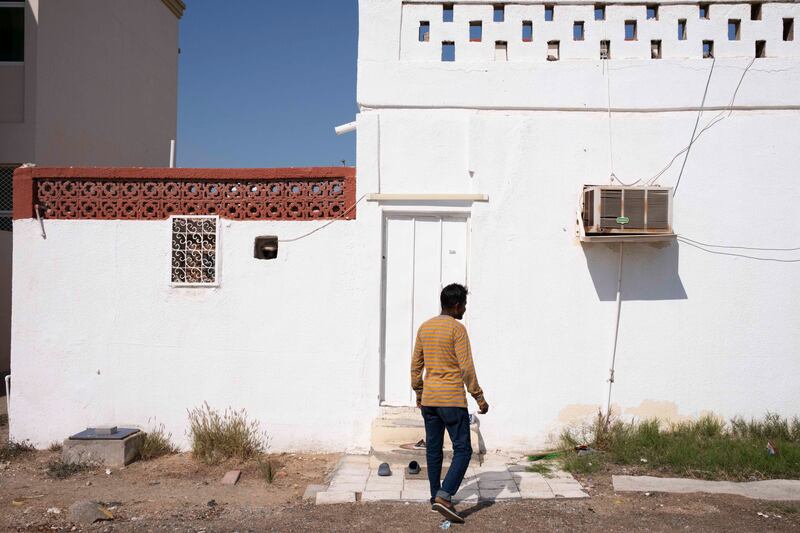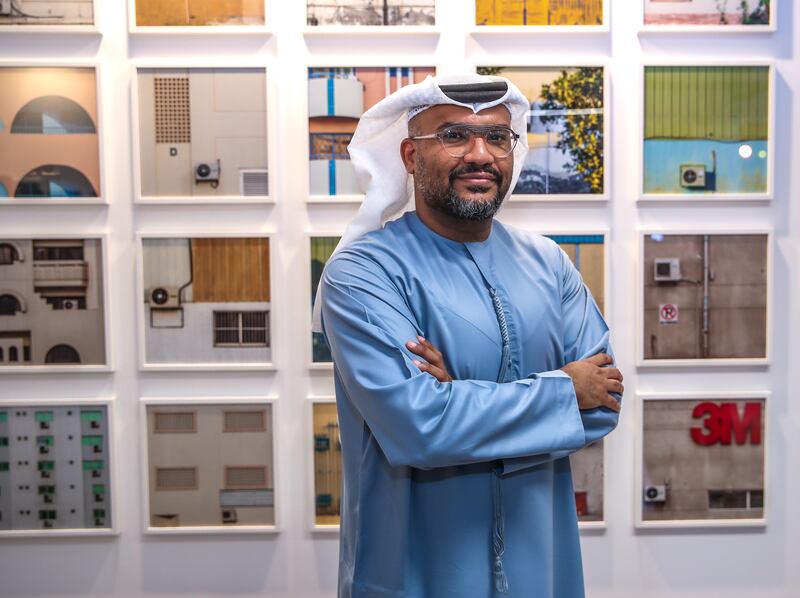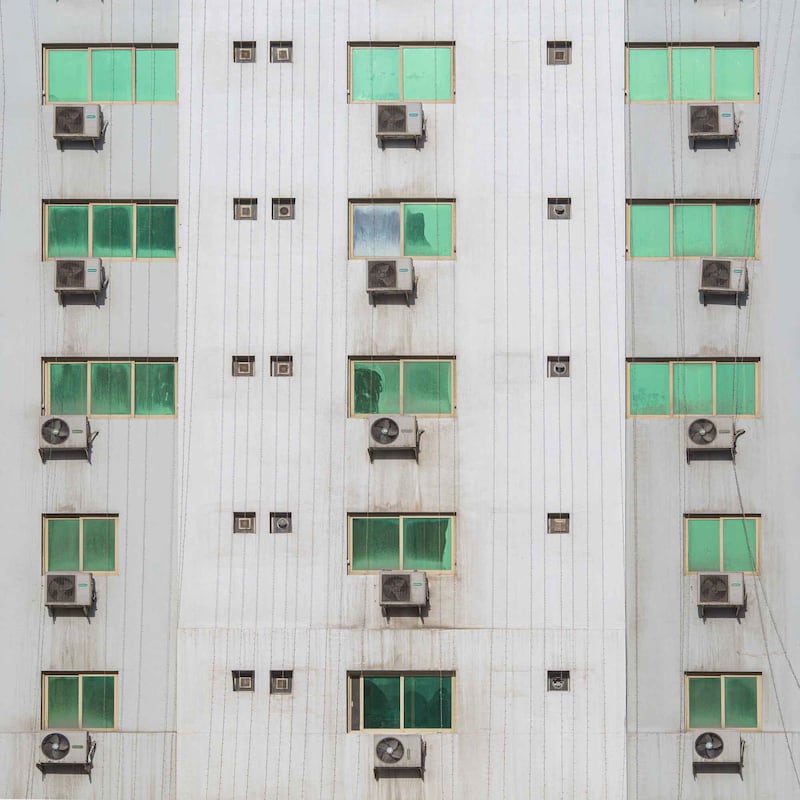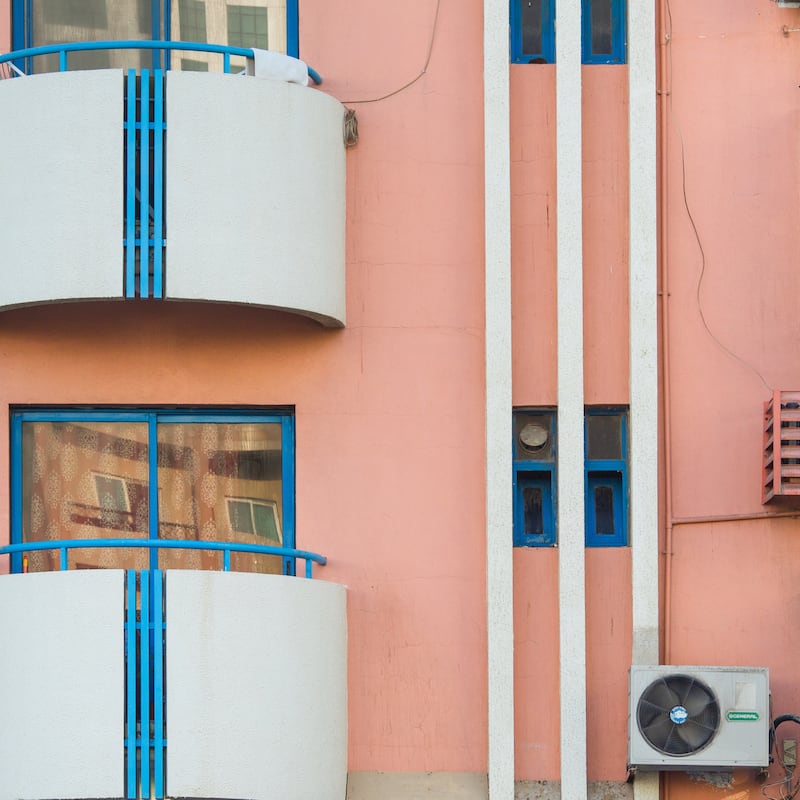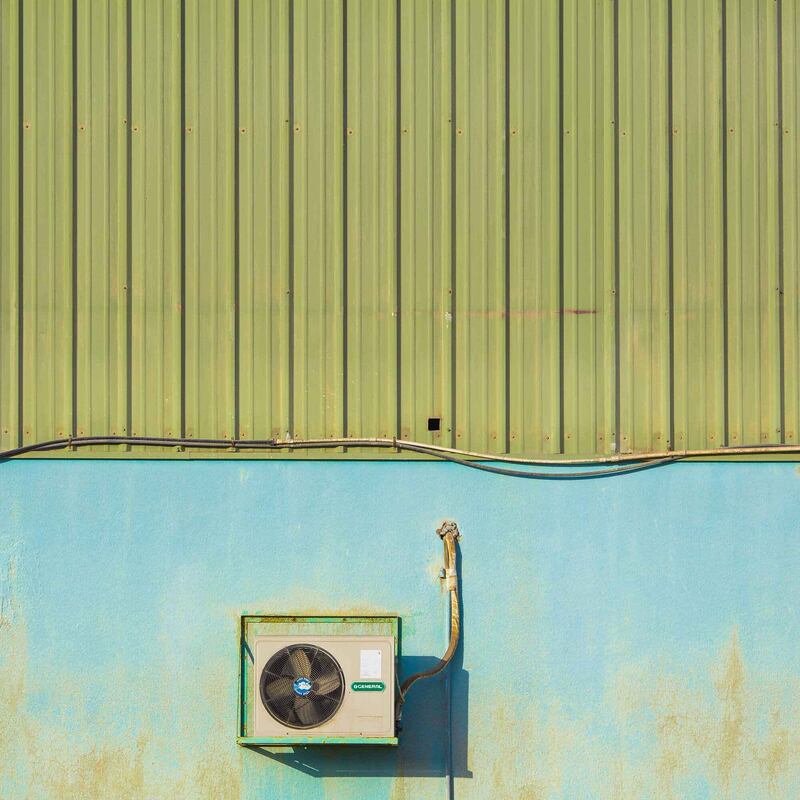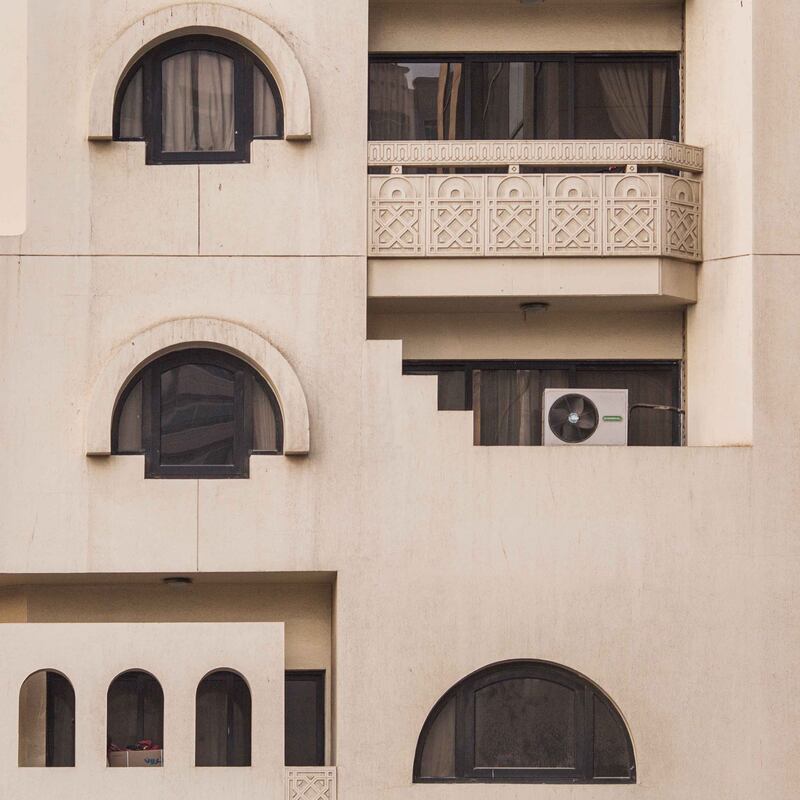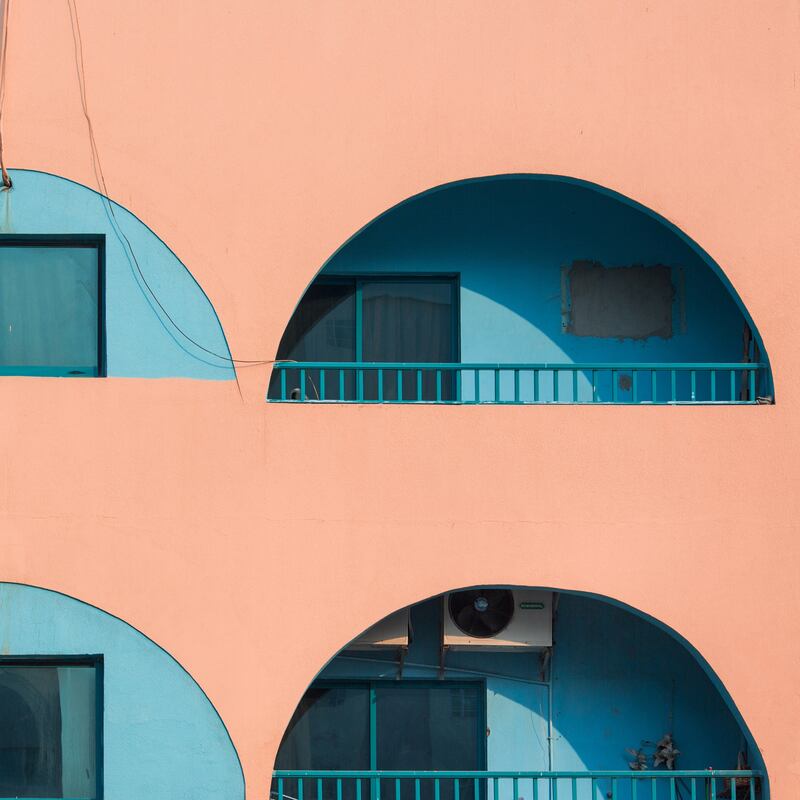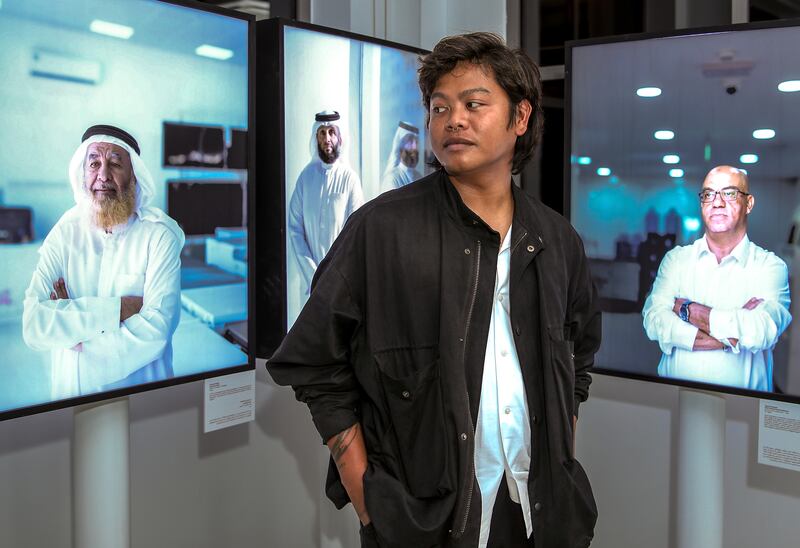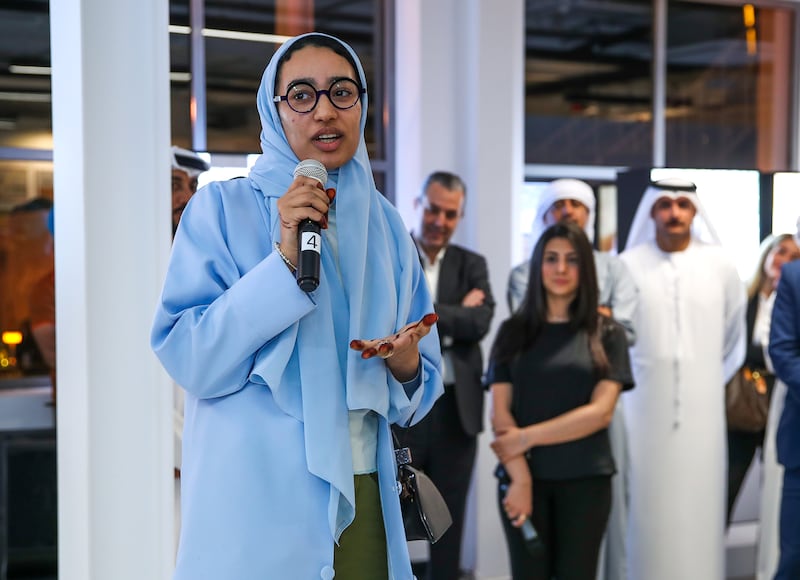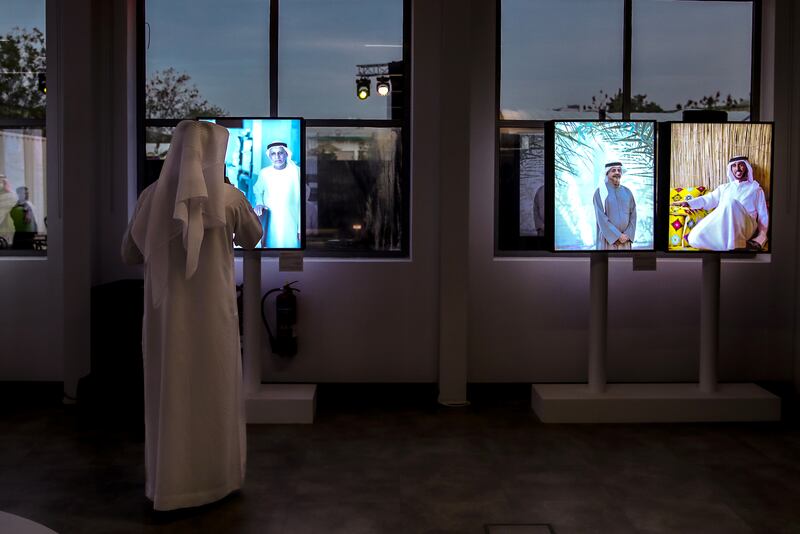When David Neild arrived in Sharjah in 1959, he soon learnt the importance of cool.
Neild, an officer with the Trucial Oman Scouts, worked from a barasti office without air conditioning, suffering from endless heat, perspiration and soggy writing paper.
And it was when posted to Al Ain that he learnt just how far some would go to stay cool without air conditioning.
To escape the midday heat, Neild’s commander got into his Land Rover, locked the steering wheel to make a gentle turn and set the vehicle to a low speed.
“The Land Rover would then proceed slowly, rotating on a large circle with Ian sitting at the wheel fast asleep, catching any passing breeze and enjoying his siesta,” Neild wrote in his memoir, A Soldier in Arabia. “It was a truly unforgettable sight.”
By the 1970s, however, air conditioning was widespread and people didn’t have to resort to such extremes. They were a fixture in homes, offices and businesses and assisted the frenzied growth of the country’s cities. They simply made life easier.
But it is the lesser-considered cultural impact of air conditioning that is the subject of a new exhibition at MiZa, Abu Dhabi’s new arts space in the port area of Mina Zayed.
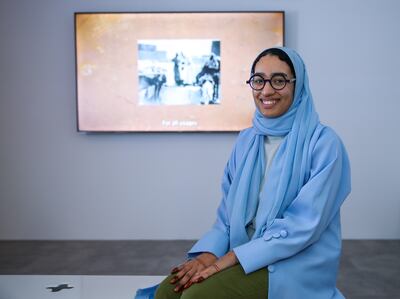
50 Years of Cool marks the moment in 1973 that the UAE cooling company Taqeef teamed up with O General, the Japanese air-conditioner brand, to deliver hardy AC units to homes and businesses across the UAE. Owned by Fujitsu General, O General units became so popular, the name effectively became shorthand for air con.
The exhibition, opened last week by Zaki Nusseibeh, the Cultural Adviser to the President, and curated by Gulf Photo Plus, shows just how interwoven air conditioning is with the country’s urban landscape. Through the lens of four artists — three commissioned for the exhibition — it traces the ways AC is so pervasive and present in the UAE that residents barely even notice any more.
“Many people don’t realise they are sitting under an O General air conditioner,” says Raz Hansrod, general manager at Gulf Photo Plus. “But they are everywhere.”
The four artists are all different in their approach. Emirati Hussain AlMoosawi’s photographs showcase the architectural qualities of buildings adorned with AC units; a short film by Emirati Fatema Al Fardan traces the impact the first air conditioners had on life in modern-day UAE; portraits of Taqeef employees by Filipino photographer Augustine Paredes shed light on the human faces behind those who made air con possible; while a series of evocative photographs by Bahraini photographer Ahmed Al Kuwaiti conveys the street life that happens under these ever-present units.
Hansrod says the challenge of curating this one was to translate the fact air conditioning is necessary and ubiquitous into a meaningful story. Through the work of the four artists, this is accomplished in different ways.
AlMoosawi’s photographs, for example, bring an intriguing beauty to the split air conditioning units dotted on many of the country’s buildings. The series elevates what some would consider ordinary industrial into something more, paying tribute to their ability to add geometric flourishes to industrial and residential buildings.
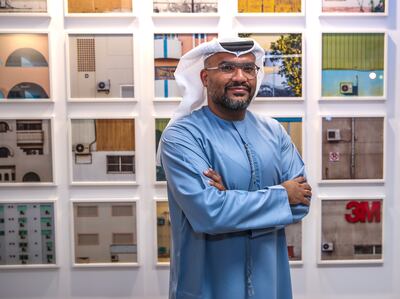
The short video by Fardan — Then, a different breeze blew — holds the exhibition together. In the video, her great aunt, Narjes Hassan Makki, recalls living in the Trucial States in the 1950s and how the arrival of the “electricity machine”, then ceiling fans and finally, air conditioning, changed life for ever.
“When ACs were first introduced, there wasn’t an AC in every room,” she says in the video. “Maybe two rooms had an AC or one room had an AC. But most people used bankat, which are ceiling fans. They were everywhere even if ACs weren’t. Fans were indispensable. Every room had a fan. When electricity was first introduced, everyone relied on fans. And then everyone relied on ACs.”
Al Kuwaiti’s works show the life that goes on under these AC units around UAE cities. His street scenes show crumbling buildings, faded shopfronts and decades-old restaurants that are all punctuated by the same thing — an air conditioner somewhere on the wall or over a counter.
One brilliantly evocative shot peers inside a small restaurant. A man sits at the counter as a TV flickers. On the wall is a small menu and a sign for the wash basin, while a fan whirs overhead beside an old air conditioner. You can almost hear the low conversations among friends at tables, people quietly eating and the quiet hum of the fan and AC unit.
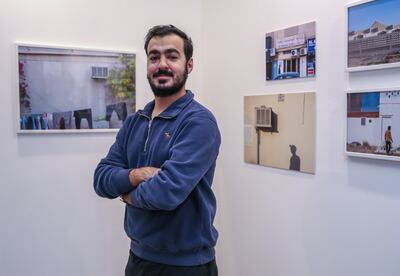
This exhibition, then, celebrates quiet but important moments. It is the triumph of the personal that is sometimes missed by the grand arc of history or culture.
“The installation of an air conditioner may not be a huge stamp in the calendar,” says Hansrod. “It may not make it into the history books but it is a super important moment and memory for people who grew up here. It is such a cool project and such a UAE story.”
Hansrod says people in the UAE are responding to more nuanced ways of storytelling that explore themes and events that are not just big dates on the calendar. This approach is clearly seen here. On the walls of the arts space hang portraits of Taqeef's employees, dealers and early customers.
Taken by Filipino artist Paredes, who lives in Dubai, they show the human side of the air conditioning boom along with quotes from those photographed.
Others recall the hardships before AC arrived, the employment opportunities brought by the air con boom and how it transformed life.
“My father bought our first window AC from O General in 1988,” reads one recollection. “The thing I remember most is the sound of the window AC at my parents’ house. It was like music to my ears.”
50 Years of Cool runs at MiZa, Mina Zayed, Abu Dhabi until March 9. Admission is free. More information is available at 50yearsofcool.com
